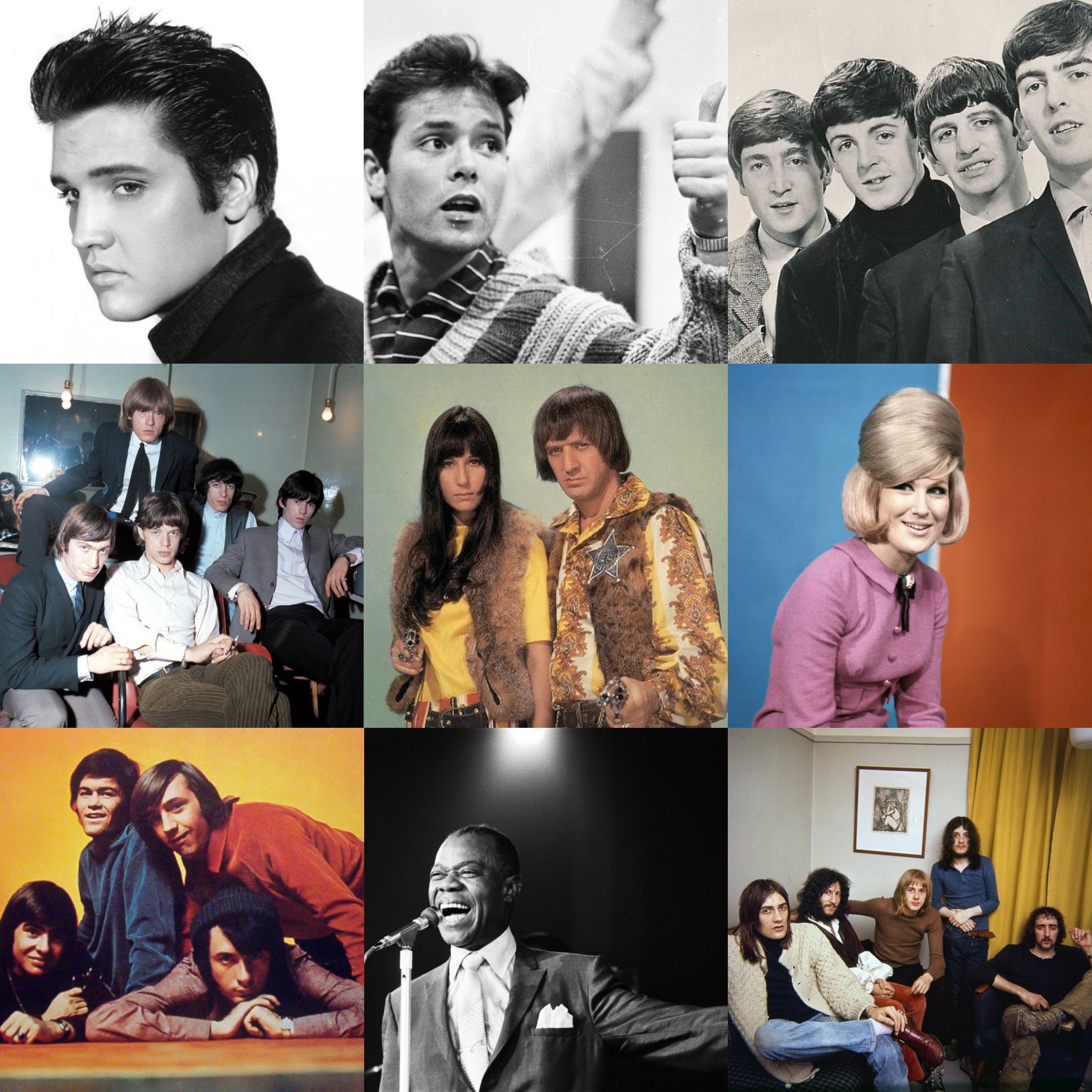
The Intro
I’ve done it. 186 blogs in 17 months and I’ve now reviewed all the chart-toppers in that most incredible decade of transformation in pop culture. It’s been fascinating, exciting, dreary and terrifying at times, and sometimes, while listening to songs such as Cinderella Rockefeller, it’s been all those things at once.
The 60s, pre-Beatles, is an era I knew little about, so I suspected this could prove as enlightening as my reviews of the 50s, but I was surprised to learn so much once The Beatles invaded the charts too. Their impact in 1963 and 64 was even bigger than I’d ever imagined, and their move into a more ‘mature’ sound would effect the singles charts of their later years too, but detrimentally.
To commemorate reaching the end, it’s only right that I repeat what I did with Every 50s Number 1, and relisten to them all once more, before deciding on the best and worst of each year, and whittling them down even more to the best and worst of the whole decade.
Despite knowing and loving much of this music so much, I admit to being a bit nervous. How do I choose between some of the greatest bands and songs the world has ever seen? Only one way to find out…
1960
They say that it takes a few years for a decade to get started, and it’s certainly true in the case of the swinging 60s. The music from the dawn of the decade is mostly a hangover from the fag ends of the initial burst of rock’n’roll. There’s a strange short-lived fad at the start of the year for cockney pop by Adam Faith and Anthony Newley (a big influence on early David Bowie). Things don’t really get going until May when the Everly Brothers return to the top with The pioneering drum sound of Cathy’s Clown. This was followed by the first posthumous chart-topper – Eddie Cochrane’s Three Steps to Heaven. Legendary singer-songwriter Roy Orbison makes his number 1 debut with the classic melancholy of Only the Lonely (Know How I Feel). There’s also a great comeback from Elvis Presley with It’s Now or Never. Less impressive were Cliff Richard and The Shadows’ two number 1s together. Weirdest? That can only be Johnny Preston’s bizarre tail of the love between a cowboy and a native American, Running Bear.
The Best:

Johnny Kidd & The Pirates – Shakin’ All Over
This could and arguably should have been The Shadows’ surprisingly edgy and menacing Apache, which is a true pre-Beatles classic and hugely influential on pop, rock and even hip-hop. But just pipping it for me was this raunchy, dangerous slice of British rock’n’roll. The band brought theatrics into their live shows and inspired The Who, among others, plus it features number 1 session drumming legend Clem Cattini.
The Worst:
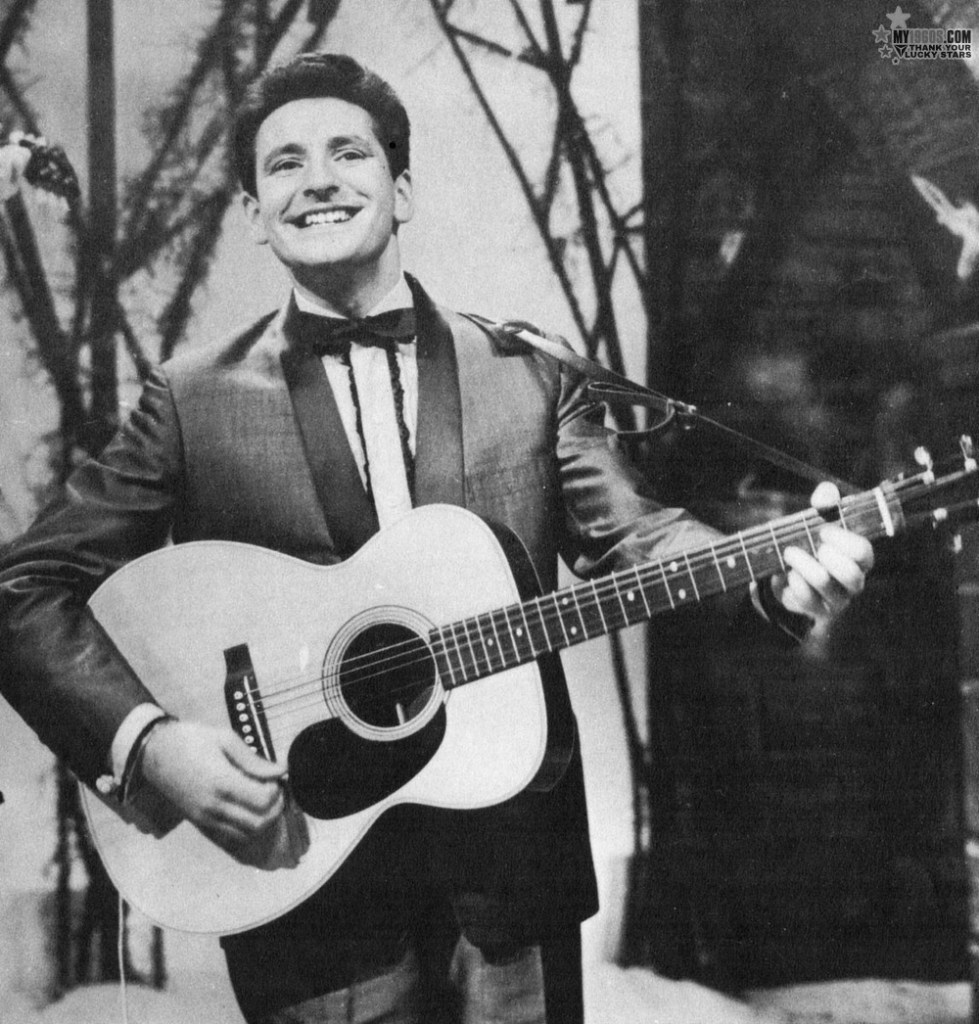
Lonnie Donegan – My Old Man’s a Dustman (Ballad of a Refuse Disposal Officer)
How quickly the mighty can fall. In Every 50s Number 1, the ‘King of Skiffle’ Lonnie Donegan’s incendiary performance of Cumberland Gap was my runner-up for number 1 of the decade. Three years after inspiring some of the future decade’s brightest talents, he was performing this music-hall rubbish in a live recording from Doncaster. Terrible, terrible jokes littered throughout. Shame.
1961
A bumper crop and a real mixed bag. The women finally get a look in, featuring a young Petula Clark, Shirley Bassey and Helen Shapiro, but I have to say none of these tracks impressed. Elvis had started his ‘will this do?’ era, but Are You Lonesome Tonight? still hits the spot and (Marie’s the Name) His Latest Flame deserves a mention. Wooden Heart does not. His sometime pianist Floyd Cramer’s On the Rebound is still full of vim and vigour. The Everlys bow out with Temptation, a nice atmospheric number. There’s a lot of oddities about, and they’re mostly good, particularly the gothic melancholic pomp of Johnny Remember Me. Blue Moon is a lot of fun, as is the demented wailing of Frankie Vaughan on Tower of Strength.
The Best:

Danny Williams – Moon River
Not for the last time I found myself torn between a song that pushes the boundaries of pop and a simple, much-loved standard. This time the former, Del Shannon’s still-popular Runaway fell behind the timeless beauty of the South African singer’s take on Moon River, number 1 that Christmas.
The Worst:
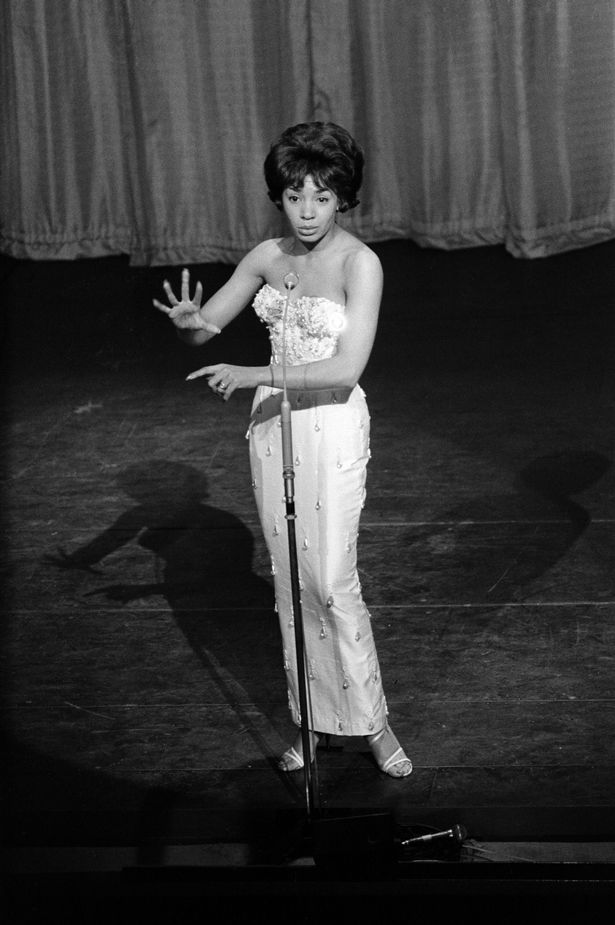
Shirley Bassey – Climb Ev’ry Mountain
The veteran Welsh singer is loved for her powerful voice, but it not only leaves me cold most of the time, I find it painful, and this is her at her wailiest (it’s a word, now) over a very boring track. I was very tempted to throw my headphones across the garden when I got to the final note.
1962
The first sighting of what may have been had The Beatles not arrived. Frank Ifield was the year’s biggest star, with his penchant for amusing yodelling over two number 1s, and was still going strong until the rise of Merseybeat. Elvis’s bestsellers range from the dire to classics – even within a single release. Cliff Richard and The Shadows return with strong material, The Young Ones and Wonderful Land respectively. The country-soul of I Can’t Stop Loving You is far from Ray Charles’s best work, but I confess it’s grown on me a little. Nut Rocker is ace, and is fully deserving of its ubiquitous usage in TV and film.
The Best:

Elvis Presley with The Jordanaires – Can’t Help Falling in Love
Like 1961, this was tough. I very nearly picked the quirky space race euphoria of The Tornados’ Telstar. Joe Meek was innovating pop before The Beatles, and despite Telstar being famous, I can’t help but think it’s still a little underrated. However, once more, the timeless pop ballad wins out – am I getting soft in my old age? Perhaps, but how can I deny the brilliance of one of the finest love songs ever written? There are many versions, but none compare to Elvis’s. I’m far from his biggest fan at times but this is pure gold. That the flip side of this is the awful Rock-A-Hula Baby (“Twist” Special) makes it all the more remarkable.
The Worst:

Mike Sarne with Wendy Richard – Come Outside
Don’t get me wrong, I’m all for a bit of Carry On humour, and it’s wrong to expect a song from 1962 to live up to the political correctness of the #metoo era, but Come Outside is woeful. Sarne’s flat vocal irritates, Richard is charmless, and it’s all a bit, well, rapey. The rhythm track isn’t bad, though.
1963
Never has a year in pop seen such a seismic shift. For the first third it’s very similar to the year before with appearances from Cliff (Summer Holiday is still a lovely blast of pop), The Shadows and Frank Ifield, and then Merseybeat happens, and things change forever. It’s nearly always The Beatles, acts performing Lennon-McCartney tunes (Billy J Kramer with The Dakotas) or inferior copycats (Brian Poole and The Tremeloes). Bar one good single from Elvis, (You’re the) Devil in Disguise, US artists don’t get a look in. None of these other groups can match The Beatles, although Gerry and the Pacemakers have some decent material with their hat trick of bestsellers. A lot of Merseybeat is too twee for me to really get into, but some of the greatest pop songs of all time are right around the corner now. Exciting times!
The Best:
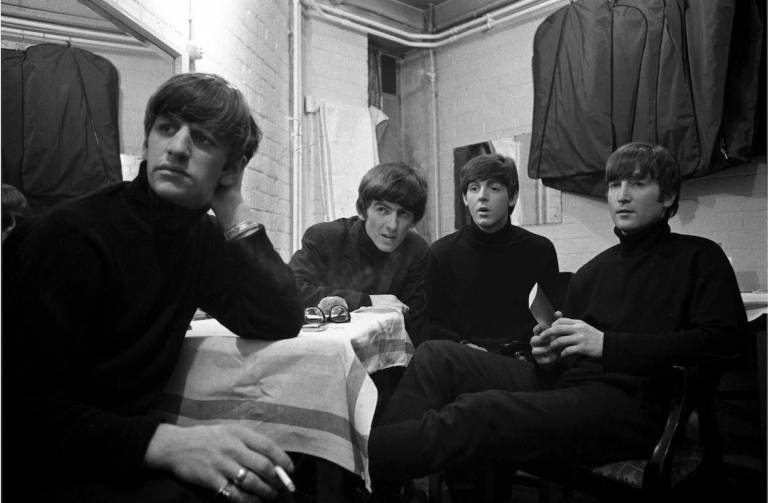
The Beatles – She Loves You
The Fab Four shook things up like no act before or since in 1963, and that’s largely due to this, the decade’s biggest-selling 7″. The chorus of She Loves You is lightning in a bottle, pure unbridled joy and ecstacy, and it sparked a thousand imitations. From Me to You is nice enough, and I Want to Hold Your Hand showed new maturity in their songwriting, but this is easily their finest early song. And the lyrics are smart too, moving away from the template of ‘I love you’ and introducing a third party. I’ve always loved She Loves You, but hearing it arrive in the context of this blog increases my respect for it even more.
The Worst:

The Shadows – Dance On!
Cliff Richards’ sometime backing band’s impressive run of number 1s with him and alone came to an end this year, with tracks ranging from the great (Apache) and the good (Wonderful Land) to this, which isn’t awful, it’s just incredibly boring and leaves no mark on me whatsoever. Adding an exclamation mark to the end of the title doesn’t make me any more enthusiastic, either.
1964
An incredible year of number 1s. I envy anyone who lived through this. In fact, listening to them all in one stint, I’d say there’s a very strong argument that this is the high watermark for number 1s. Merseybeat mutates and expands in strange and exciting ways, most notably the momentous folk-rock classic The House of the Rising Sun by The Animals, meaning that the legendary Bob Dylan’s influence was now being felt on these shores. Then The Rolling Stones made their debut (It’s All Over Now), and became so popular, they got a blues cover to the top (Little Red Rooster)! Roy Orbison bows out by getting the girl at last with the brilliant Oh, Pretty Woman. Joe Meek had his third and final chart-topper too, producing The Honeycombs’ insanely underrated Have I the Right?. Women make their belated return, with Sandie Shaw and Cilla Black both topping the charts with two songs by the masterly Burt Bacharach and Hal David – ((There’s) Always Something There to Remind Me and Anyone Who Had a Heart), and The Supremes had their sole UK number 1. As for the Fab Four, well, there’s three classics from them, in particular A Hard Day’s Night. But they don’t win this time.
The Best:

The Kinks – You Really Got Me
Facing incredibly strong competition, Muswell Hill’s finest were my choice, because despite all the other great tunes in 64, it was this primal expression of pure animal lust that pretty much kickstarted rock and heavy metal. Ray Davies may have become one of our wittiest, most quintessentially English songwriters, but The Kinks perhaps never bettered this scorching slab of raunch.
The Worst:

The Bachelors – Diane
A staid, old-fashioned, boring ballad from Ireland’s original boy band. Wouldn’t have sounded out of place 10 years previous (it actually dates back to 1927. That’s right, it’s even worse than Billy J Kramer with The Dakotas’ Little Children, because at least that had a tune.
1965
Tons of pop gold again, but stylistically more varied than the previous year. More strong material from The Kinks and the Stones, and one of the finest epic break-up songs of all time – namely The Righteous Brothers’ You’ve Lost That Lovin’ Feelin’. On a similar note, I’ve always loved The Moody Blues’ version of Go Now that preceded it. We’re starting to see the rise of the hippy movement – hair is getting longer, and the lush jangle of Mr Tambourine Man marks another sea change. Cynics may balk at Sonny & Cher’s I Got You Babe, but I think it holds up well, as does the debut of Tom Jones with his anthem It’s Not Unusual. Four songs from The Beatles, all of them – Ticket to Ride, Help! and Day Tripper/We Can Work It Out, among their finest work, in particular Ticket to Ride. The latter, and Day Tripper, are built around some of the finest riffs in existence. And yet, and yet… Ticket to Ride is just trumped by perhaps the greatest riff there has ever been.
The Best:
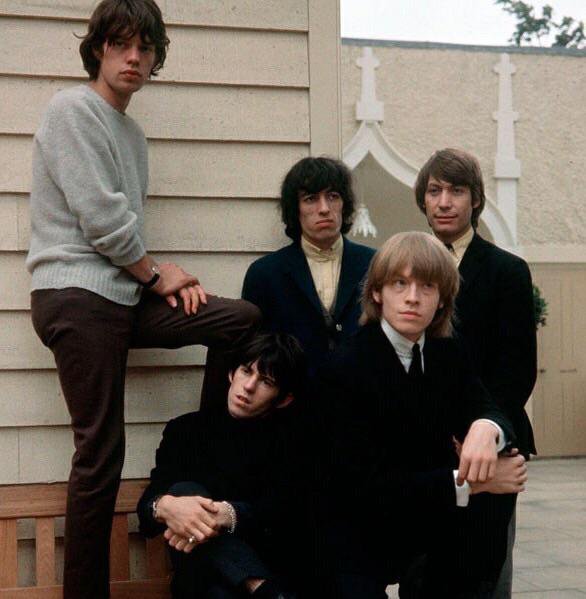
The Rolling Stones – (I Can’t Get No) Satisfaction
It was as close a call as it’s possible to have, but for once in my life, I’m choosing the Stones over The Beatles. Keith Richards’ legendary riff, allegedly created in his sleep and intended for horns, never dates and combined with Mick Jagger’s frustrated world view make for a dream combination. After paying homage to the blues time and again, this saw the birth of Jagger and Richards as songwriters to rival Lennon and McCartney.
The Worst:

Cliff Richard – The Minute You’re Gone
Oh Cliff. Behind the times as early as 1965. And what does he do, to counteract Beatlemania? He abandons The Shadows, perhaps a shrewd move to appear ahead of the curve? Oh, he’s gone and recorded an old-fashioned country song from 1963. Never the genre’s biggest fan, this sounds like a pale imitation of I Can’t Stop Loving You. Ken Dodd’s huge-selling Tears may have also sounded like a relic, but at least the chorus was catchy.
1966
The last of the peak years of the decade, before albums began to overtake singles in importance. In general, a superlative blend of pop and the rise of drugs and psychedelia in music. British pop now striding into a bold, experimental future, and combined with England winning the World Cup, there was an overwhelming sense of optimism and pride in the UK. The Beatles were approaching the peak of their abilities in the studio, and minds must have been blown by their dark ode to the lonely, Eleanor Rigby. As startling a song as it is, I’ve always found it easier to admire than to enjoy. I’d take previous single Paperback Writer over that, and wish their jangly guitar era had lasted a bit longer. 66 got off to a blistering start with the Spencer Davis Group’s still storming Keep on Running, and Nancy Sinatra helped shape modern female pop with the sassy cool of These Boots Are Made for Walkin’… yet Dusty Springfield’s only number 1, You Don’t Have to Say You Love Me is uncharacteristically pleading. By and large, 1966 is another embarrassment of riches, particularly The Rolling Stones’ apocalyptic Paint It, Black, almost their best song ever. The Sun Ain’t Gonna Shine Anymore, Sunny Afternoon, Reach Out, I’ll Be There… all classics. It would take a very special song to shine above all these.
The Best:
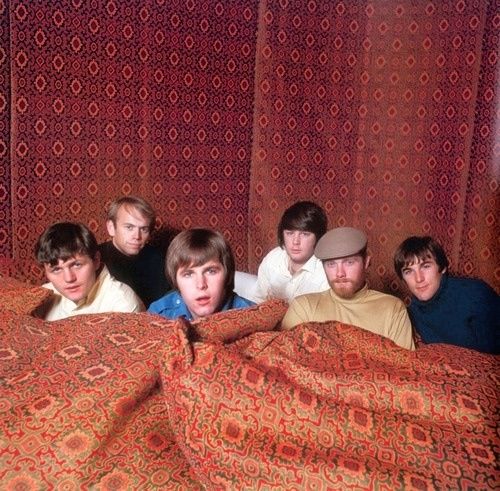
The Beach Boys – Good Vibrations
And a very special song this is. That’s right, Brian Wilson’s ‘pocket symphony’ means that I haven’t picked any number 1s by The Beatles during their peak years, which is probably the biggest surprise I’ve had since starting this blog. What it does prove is that the Fab Four inspired their contemporaries to do better than them. Had they not released their landmark album Revolver, we may never have had the finest three-plus minutes of The Beach Boys’ career, which in turn spurred the Beatles on to Sgt. Pepper’s Lonely Hearts Club Band. But anyway… in a year of great tunes and studio innovation, The Beach Boys combined both beautifully, devoting as much time to Good Vibrations as lesser bands would to entire albums. The peak of Brian Wilson’s creativity. The only downside being the burn-out that followed recording their next LP.
The Worst:
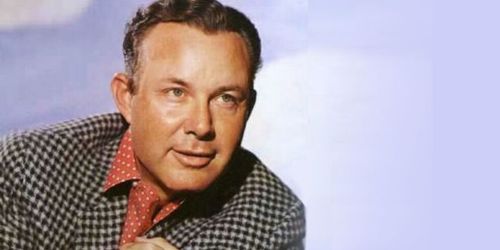
Jim Reeves – Distant Drums
Released two years after the US country star’s untimely death, this was a bizarre number 1 to have in 1966, particularly for five weeks. It’s unclear why it was considered single-worthy, as it’s more B-side material, and it’s completely out-of-step with prevailing trends. But the anti-war message may have resonated with Vietnam in mind, and it probably gave succour to old folk baffled by yellow submarines et al. Not awful, like some of the other dire material I’ve mentioned, just out of place.
1967
The tectonic plates of British music and culture shifted once more this year, only not as much as you might imagine in the singles chart. As some of the most famous acts concentrated on complex psychedelic LPs influenced by the rise in LSD, the 7″ chart was largely dominated by light entertainment acts – the most since 1962. Top of the pops was smoother-than-smooth balladeer Engelbert Humperdinck, who enjoyed 11 weeks at number 1 and famously, criminally, prevented Penny Lane/Strawberry Fields Forever with Release Me. Other than the pop brilliance of The Monkees’ I’m a Believer, nothing remotely hippy-like gets a look in until the Summer of Love finally gets underway that June with Procul Harum’s earnest and excellent lysergic standard A Whiter Shade of Pale. Only two other, wholly appropriate chart-toppers followed – The Beatles anthem All You Need Is Love and Scott McKenzie’s dreamy San Francisco (Be Sure to Wear Flowers in Your Hair), before Humperdinck brought everything down to earth again. We say hello to the Bee Gees for the first time with the lovely Massachusetts, and goodbye to Nancy and Frank Sinatra, with their ‘incest anthem’ Somethin’ Stupid. All in all, 1967 was a surprising letdown.
The Best:
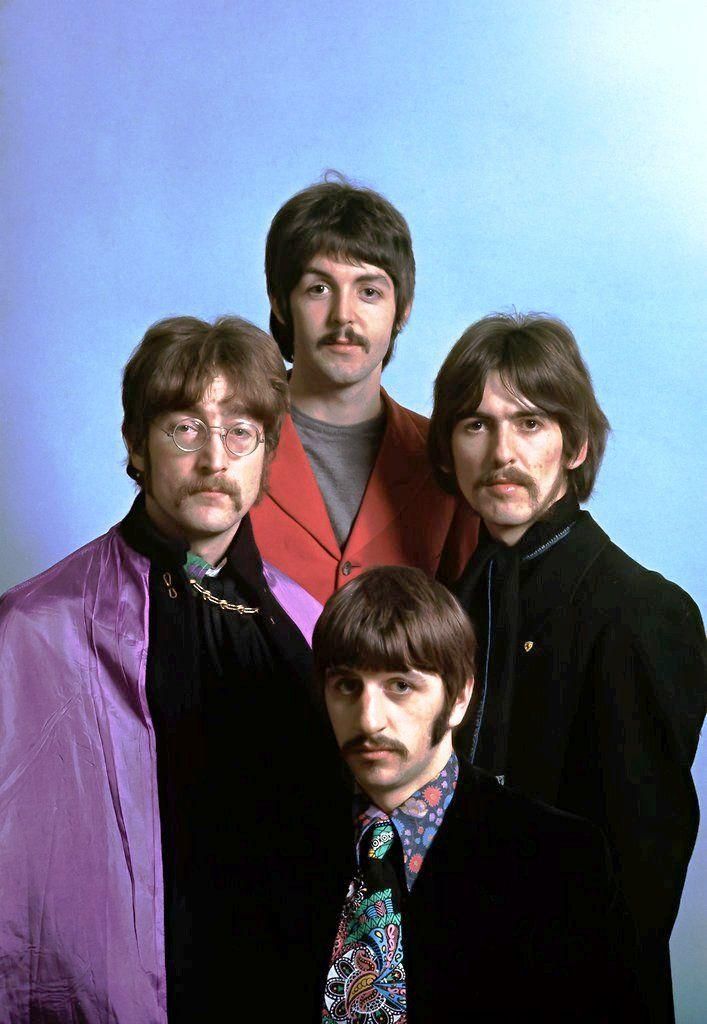
The Beatles – Hello, Goodbye
This isn’t even the best Beatles single of 1967, but thanks to Humperdinck, I can’t rate Strawberry Fields Forever. So I’m settling for this instead, which may seem controversial when lined up against A Whiter Shade of Pale, but personally I love Hello, Goodbye. I rated it the best Christmas number 1 of the 60s here, and I stand by it. It’s infectious, upbeat and catchy, and the finale is as joyous as the chorus to She Loves You if you’re in the right mood. The B-side, I Am the Walrus, is better, though.
The Worst:
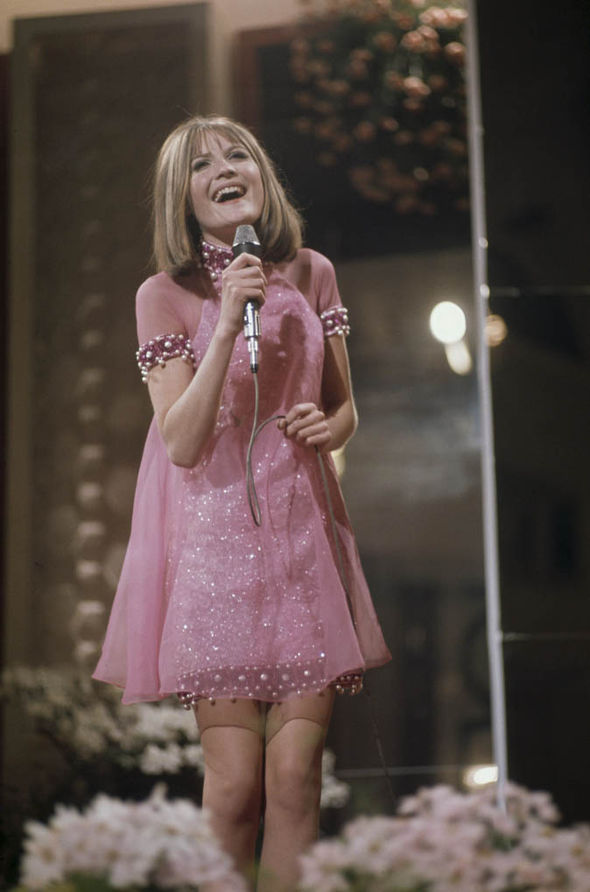
Sandie Shaw – Puppet on a String
The famously barefooted singer hated this song, which was our first ever Eurovision winner – and I don’t blame her, because it’s awful and I’m betting it did her career lasting damage. The lyrics are awful, the tune is demented and it makes me want to pull my teeth out and feed them to sparrows.
1968
Stylistically speaking, 1968 is all over the place when it comes to number 1s. The main trend among the bigger bands this year was to adopt a back-to-basics approach as a reaction to flower power. The Beatles led the way, as usual, but Lady Madonna doesn’t match up to The Rolling Stones’ rocking, witty comeback single Jumpin’ Jack Flash, and Do It Again is a bit of a letdown after Good Vibrations, even if the drumbeat proved pioneering. There’s still room for psychedelia in the charming theatrical demonic pomp of Fire by The Crazy World of Arthur Brown, but then there are some number 1s that are downright odd more than anything, such as The Good, the Bad and the Ugly, and particularly Cinderella Rockefeller, with its deranged yodelling and godawful rickety tune. I loved the Bee Gees’ I’ve Gotta Get a Message to You and Louis Armstrong’s What a Wonderful World, an evergreen classic which gave Satchmo a chart-topper shortly before his death. Cliff finally remembered how to record a catchy tune and whatever you think of Eurovision runner-up Congratulations, you can’t deny its popularity.
The Best:

The Beatles – Hey Jude
In much the same way John Lennon’s Imagine is now considered uncool, it seems to be the done thing to slate McCartney’s lengthy classic, but I’m having none of it. It’s soulful and poignant, written for Julian Lennon when his parents were splitting, and its universal message of the power and importance of love speaks more to me than the simplistic sloganeering of All You Need Is Love. The Beatles may have been already splitting at this point, but there was still plenty of magic in the tank.
The Worst:

Des O’Connor – I Pretend
This could so easily have been the profoundly irritating Cinderella Rockefeller, but that at least had a memorable hook, albeit a very irritating one. No, this is as bland as they get, sang with no soul or meaning whatsoever. He’s supposed to be broken-hearted, but he sounds like he’s having a great time. I like Des, but I get why Morecambe and Wise ripped the piss so much now.
1969
The end of an era in more ways than one as we say farewell to The Beatles and The Rolling Stones. Despite the fact Abbey Road is one of their finest albums, The Beatles’ singles before its release weren’t them at their best, leaving The Ballad of John and Yoko a rather odd way to bow out of the blog. Honky Tonk Women was more appropriate, showing the future for the Stones as the archetypal good-time rock band of the 70s and beyond that they became. For the first time, album sales outpaced singles, as the teens of the mid-60s grew up and moved on to LPs. This left a gap, to be filled by inferior bubblegum pop, resulting in Sugar Sugar by The Archies becoming the year’s biggest seller. Other than that, it’s another mixed bag, like 1968. Some of the highlights include the tranquil Albatross by the original incarnation of Fleetwood Mac and Something in the Air by Thunderclap Newman. Lots of great tracks from overseas acts too, particularly the horny Je t’aime… moi non plus by Jane Birkin and Serge Gainsbourg, plus the apocalyptic boogie of Bad Moon Rising by Creedence Clearwater Revival and ska pioneer Desmond Dekker’s Israelites.
The Best:

Marvin Gaye – I Heard it Through the Grapevine
Originally recorded in 1967, Motown boss Berry Gordy Jr was uncharacteristically blind to the greatness of Gaye’s version of this track. Slowing things down, adding an incredibly cool bass line for the intro, and singing with the kind of feeling that was completely alien to the likes of Engelbert Humperdinck and Des O’Connor, this is soul music at its finest, and peak Motown. To hear just how stunning Gaye is here, check out this clip that’s currently doing the rounds online, which isolates the vocal. Spine-tingling.
The Worst:
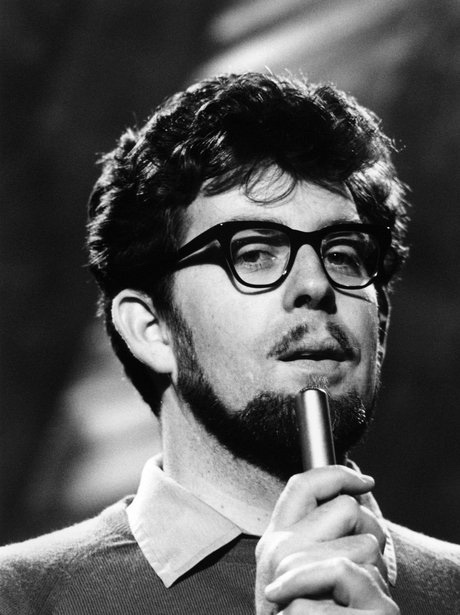
Rolf Harris – Two Little Boys
Had I been deciding this before Harris was outed as a paedophile, I’d have said Zager & Evans deserved it, because I, like so many others, had a soft spot for Two Little Boys. Now obviously it just leaves a very sour taste, and it’s a downbeat way to end the decade.
The Best 60s Number 1 Ever is…
The Beatles – She Loves You
It was always going to be the Fab Four, wasn’t it? They’re the greatest group of all time, so it’s a no-brainer. However, I’d be lying if I said She Loves You has always been my favourite Beatles single. I’d probably say Strawberry Fields Forever or Something, but of course neither went to number 1. But it would be wrong to make my choices for best and worst chart-toppers of each decade simply my favourite. I also look at the impact of each song, ine innovation and the influence it had, as well as the catchiness of the chorus. She Loves You easily covers all three bases. It’s modern music’s ‘big bang’ moment, and as I’ve said before about this and other legendary number 1s, it’s listening to them in the context of this blog that really separates the wheat from the chaff, and Every UK Number 1has truly brought home what a monumental few minutes of pop music The Beatles conjured up here. What alchemy.
But also, what competition, what an often astounding selection of songs I was honoured to listen to and choose from. It could just as easily been You Really Got Me or (I Can’t Get No) Satisfaction, but in the end She Loves You got there first and laid the groundwork that allowed all the other classics to be made in the first place.
The Worst 60s Number 1 Ever is…
The Bachelors – Diane
You could argue it’s unfair to single out Diane because it was number 1 in a year full of brilliance. I’d argue that’s exactly why I’ve given it this dubious honour. It spoiled my listening experience and stuck out like a sore thumb! Its dull tweeness would have earned it a slating if it had been released in 1954. 10 years later, it’s unforgivable really. And if they were the first Irish boyband, well, that’s nothing to be proud of, is it?
The Outro
The 60s were the decade in which pop came of age and became an integral part of the youth movement. From the dreariness of post-rock’n’roll, to Merseybeat, to the British Invasion, to psychedelia, to bubblegum pop and rock, music mutated rapidly, thanks in large to The Beatles, but also The Beach Boys, The Kinks, The Rolling Stones, Bob Dylan, and more. Reviewing each number 1 in turn was really fascinating, and has increased my knowledge of the decade greatly, and for me the most interesting parts were just how much Merseybeat completely upturned the charts, and how little impact psychedelia actually had in 1967, due to the rise in popularity of albums.
So obviously it’s the 70s next. The decade in which I was born, albeit very late in the decade (1979). Pop changed and changed again here too, many times, and it was an often dark and turbulent decade in the news, so I can’t wait to get stuck in once more.
Blogs on every 60s number 1 are available to view via the Archive section.